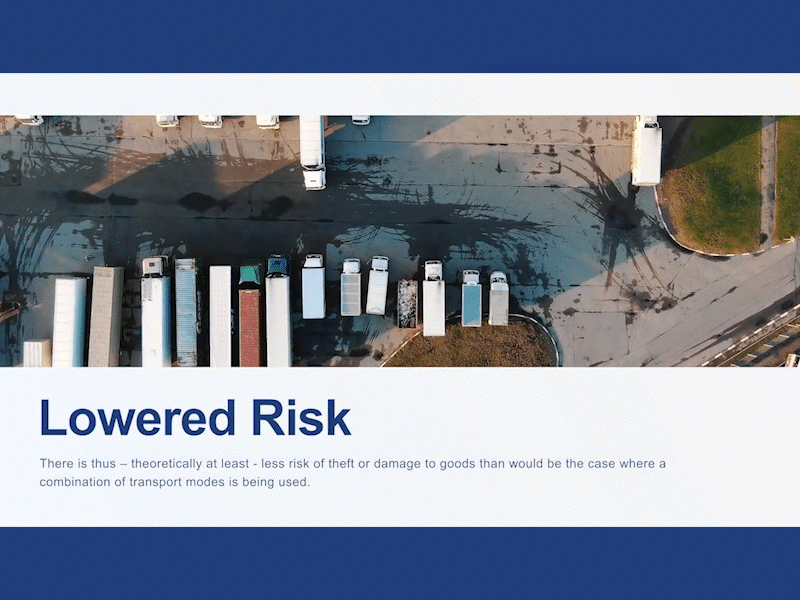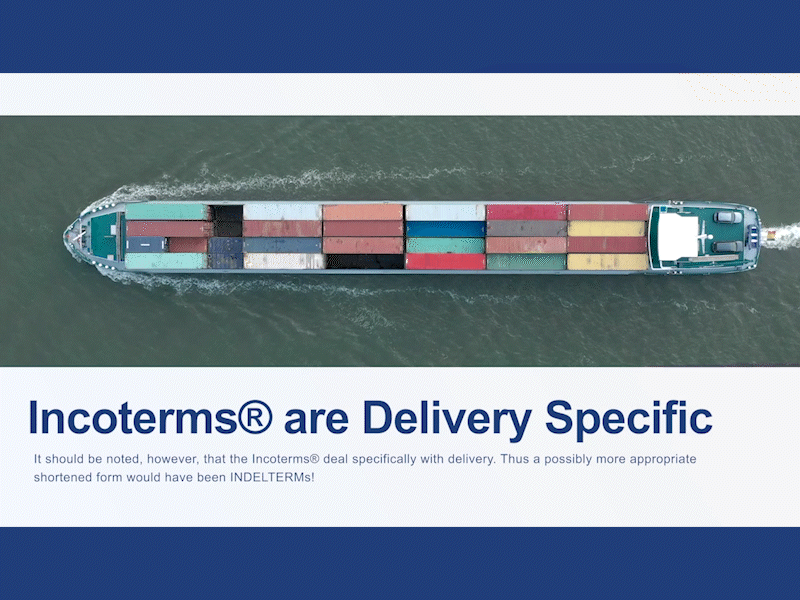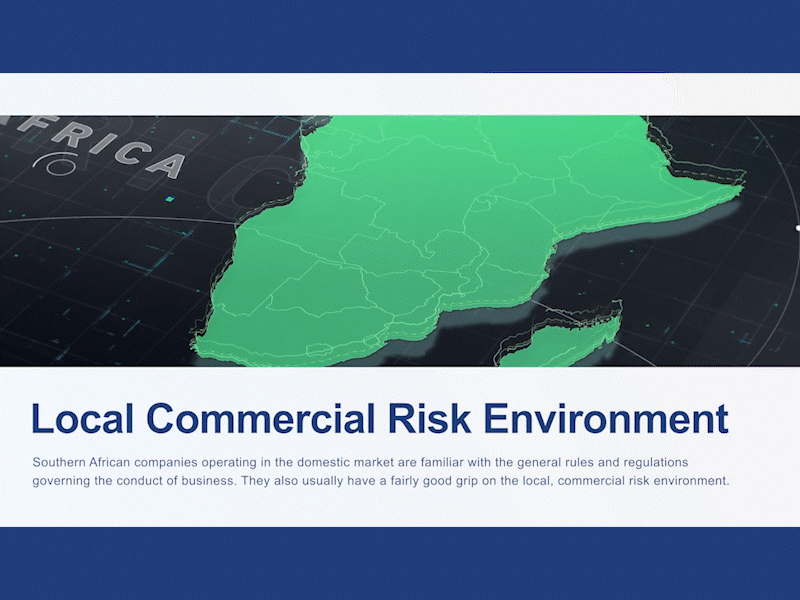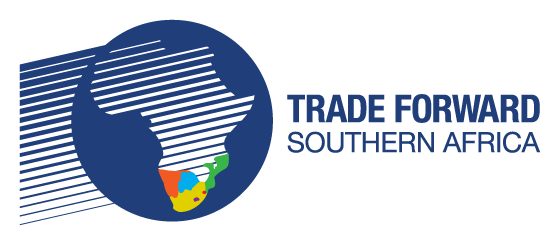In our previous article, Evaluating Your Export Potential, we discussed the importance of understanding the market dynamics of the country in which you plan to sell your product. Once you have that all-important step ticked off your list, your next step is to decide how you will be entering the market in question.
There are three ways to do this:
Involving an International Marketing Middleman
If you prefer a low-risk method that requires the least amount of investment, indirect exporting is your best bet. How it works is you would sell your goods to, for example, a trading house or distributor which is based in your local market. The middleman then sells your products to customers in international markets. It is common for companies that are new to exports to opt for indirect exporting because the international marketing activities, logistics and financial risk all lie in the hands of the middleman.

Going for a Hands-on Approach
Direct exporting is a more demanding option than indirect exporting – you need to be more hands-on and also prepared to take on the risk and costs of international marketing and cargo delivery. This does not come unrewarded; you have the opportunity to gain practical experience in the export process and to establish your own brand in the marketplace, rather than the middleman benefiting from branding your product.
Choosing to Work with a Partner
Another way to enter a new export market is by going into a joint venture arrangement. Joint venturing can take a number of forms, amongst them, licensing and franchising. A licensing agreement entails one organisation allowing another to use its manufacturing process, trademark, copyright, etc. for a fee or royalty. The Coca Cola Company, for example, enables companies in international markets to manufacture its products under licence.

In a franchise agreement, a parent company grants another independent entity the right to use the parent company’s trademark and logo, products, packaging and business methodology in exchange for a fee. An example of an international franchise is McDonalds.
A third way to establish a partnership is through foreign direct investment, or FDI. This option is ideal for seasoned businesses with substantial financial resources as well as a clear understanding of international markets. It involves a local company investing in new or existing foreign-based commercial operations.
You have an abundance of options when it comes to entering a new export market – the one you choose depends on the extent of risk you are willing to take up, how involved in the export process you plan to be, and how experienced you are in developing foreign markets. The TFSA School of Export, developed by Trade Forward Southern Africa in conjunction with the International Trade Institute of Southern Africa (ITRISA), offers a variety of courses in international trade, covering a range of topics. Don’t miss out, sign up for free and start your learning journey.
To sign up to the School of Export CLICK HERE.
If you already have a profile, CLICK HERE to login to begin the module.










Leave a Reply